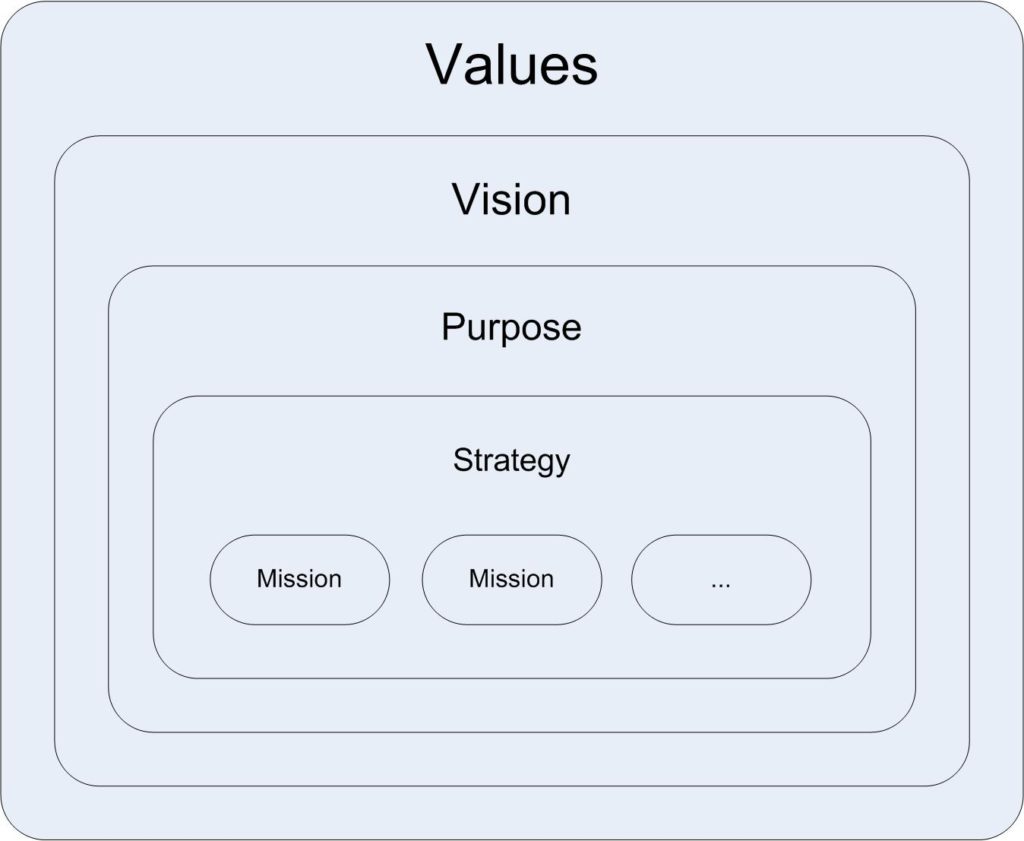As with any field of human endeavour, the business field has its share of business terms and jargon. What I find frustrating is the imprecise and inconsistent usage.
Terms in common use are aim, goal, mission, purpose, strategy, values, and vision.
Following my don’t think, check! Philosophy, I visited the Oxford English dictionary and obtained the following definitions:
| Term | Definition, Oxford Dictionaries, en.oxforddictionaries.com |
| Aim | A purpose or intention; a desired outcome. |
| Goal | The object of a person’s ambition or effort; an aim or desired result. |
| Purpose | The reason for which something is done or created or for which something exists. |
| Mission | An important assignment given to a person or group of people, typically involving travel abroad. A strongly felt aim, ambition, or calling. |
| Strategy | A plan of action designed to achieve a long-term or overall aim. |
| Values | Principles or standards of behaviour; one’s judgement of what is important in life. |
| Vision | The ability to think about or plan the future with imagination or wisdom. A mental image of what the future will or could be like. |
With aim being defined as a purpose, and goal defined as an aim, it seems a lot simpler to avoid using aim and goal and simply use purpose. This leaves us with the list values, vision, purpose, strategy, and mission.
Now what are the causal relationships, that is, what leads to what?
The following is my take on what leads to what:
- Based on values that you hold, you develop a vision of the future.
- To achieve the vision, you create an organization with a purpose.
- To achieve the purpose, you develop a strategy.
- The strategy is achieved through one or more missions.

